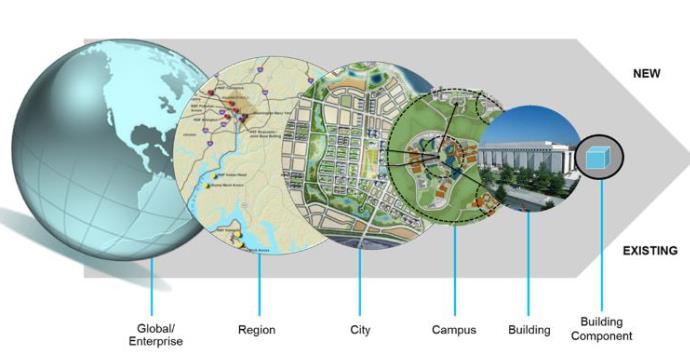New technologies and efficiencies for the energy of the future
Today, our energy delivery system is undergoing large-scale change as utilities and developers demand high-efficiency, distributed energy systems, including renewable energy, such as wind and solar photovoltaic systems. We have the opportunity to re-engineer our systems using new technologies that increase system reliability, resiliency and sustainability at reduced cost. Such changes are required as our infrastructure ages and sources of funding are limited.
I was personally inspired to work in the energy profession because it continually drives the development of new technologies. Early in my career, I enjoyed transitioning new innovations from GE’s Global Research Center into power generation systems. I implemented technologies to ensure longer equipment life, improve safety and shorten customer down time. Today I believe we need to leverage new technologies to transition to lower-emitting generation sources and look for innovative ways to leverage renewable energy and storage systems while maintaining a strong workforce in the process.
 AECOM has developed the Sustainable Systems Integration Model™ (SSIM™) to optimize city infrastructure across power systems and the built environment.
AECOM has developed the Sustainable Systems Integration Model™ (SSIM™) to optimize city infrastructure across power systems and the built environment.
A new way to approach the problem of aging infrastructure in the power sector is to look to other utility sectors such as water, waste water, transportation and solid waste disposal and develop highly engineered systems using modern design tools. For example, we now understand how to extract usable heat from waste water to drive district energy heating and cooling systems. This lowers utility costs and decreases carbon emissions. Another example is our ability to harness transit system waste heat energy, convert that to usable traction power and reduce overall system energy requirements.
A growing trend is to refurbish facilities and infrastructure through energy savings performance contracts. This is an innovative way for customers to receive guaranteed energy savings through implementation of energy conservation measures. Our engineers audit our customer’s facilities, make recommendations that reduce their operational costs, commission new systems and continually monitor the health of the system improvements. The work is funded through long-term financing, which reduces the cost hurdles for implementation. The cost savings are guaranteed by the implementing design-build-finance-operate-and-maintain contractor.
At AECOM, I take pride in our team’s ability to collaborate on these types of integrated projects involving power, water, transportation and industrial systems to imagine and deliver the infrastructure of the future.






